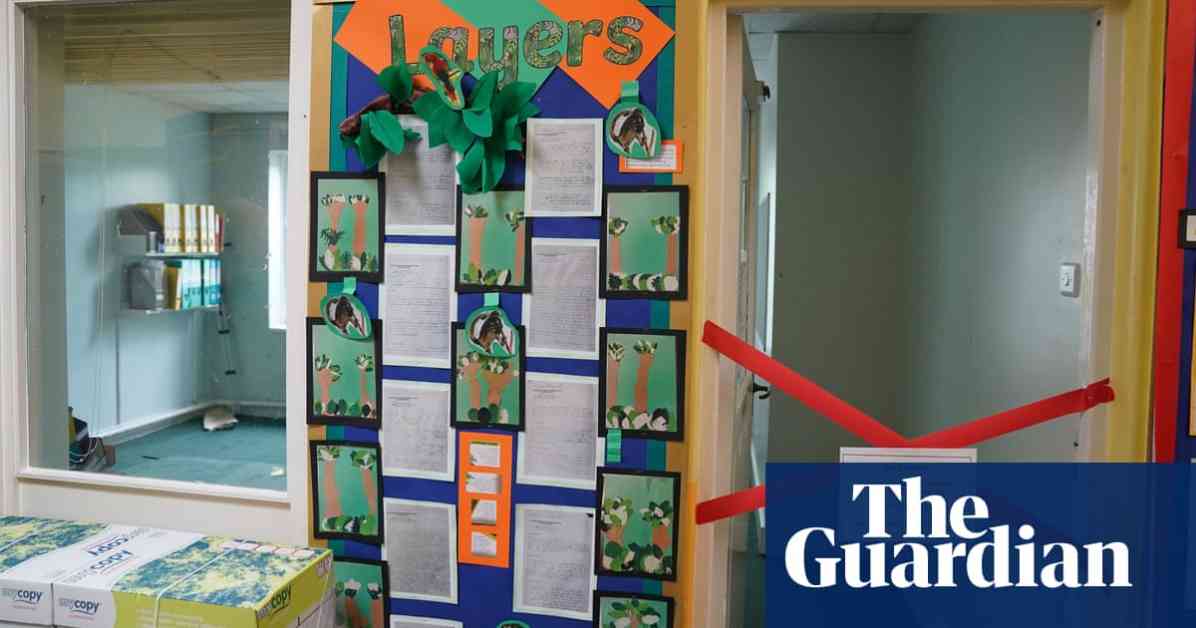Hundreds of schools in England are still facing the risk of collapse due to crumbling concrete, as revealed by newly uncovered data. The Information Commissioner’s Office (ICO) discovered that the Conservative government had wrongly withheld official figures confirming the presence of reinforced autoclaved aerated concrete (Raac) at 235 Department for Education (DfE) sites. In total, Raac was found in 457 government buildings, including schools, hospitals, and prisons, making up one in every 500 public estate sites.
Experts have raised concerns about schools potentially having to relocate students to portable buildings and temporary classrooms if they discover crumbling concrete, as funding delays from the previous government have hindered necessary repairs. The number of schools with Raac has been steadily increasing since over 100 schools were abruptly closed by the Tories last year. Prior to the election, the DfE had been reluctant to commit to funding or provide a timeline for addressing the issue.
In response to the alarming situation, Rachel Reeves announced a substantial budget allocation for capital projects, including schools, in the upcoming years. This funding includes £1.4bn for the existing school rebuilding program in the 2025-26 financial year, with an additional £2.1bn dedicated to improving the condition of the school estate. The government aims to address the Raac problem promptly through either grant funding or the school rebuilding program.
Apart from schools, crumbling concrete was also discovered in various Department of Health and Social Care buildings, Ministry of Defence facilities, Ministry of Justice sites, and Department for Transport locations. The Labour party criticized the Conservatives for neglecting critical infrastructure maintenance during their tenure, emphasizing the need for investment in rebuilding the country.
The ICO’s findings shed light on the severity of the Raac issue that has been overlooked by successive governments. Conservative administrations since 2010 have significantly reduced the budget for school renovations and rebuilds, exacerbating the problem. The public was kept unaware of the true extent of the crisis, but now efforts are being made to address and rectify the situation.
It is imperative for the government to prioritize the safety and structural integrity of public buildings, particularly schools, to ensure the well-being of students and staff. Adequate funding and timely interventions are crucial in preventing potential disasters caused by crumbling concrete. By investing in infrastructure improvements, the government can safeguard the future of educational institutions and other essential public facilities.







